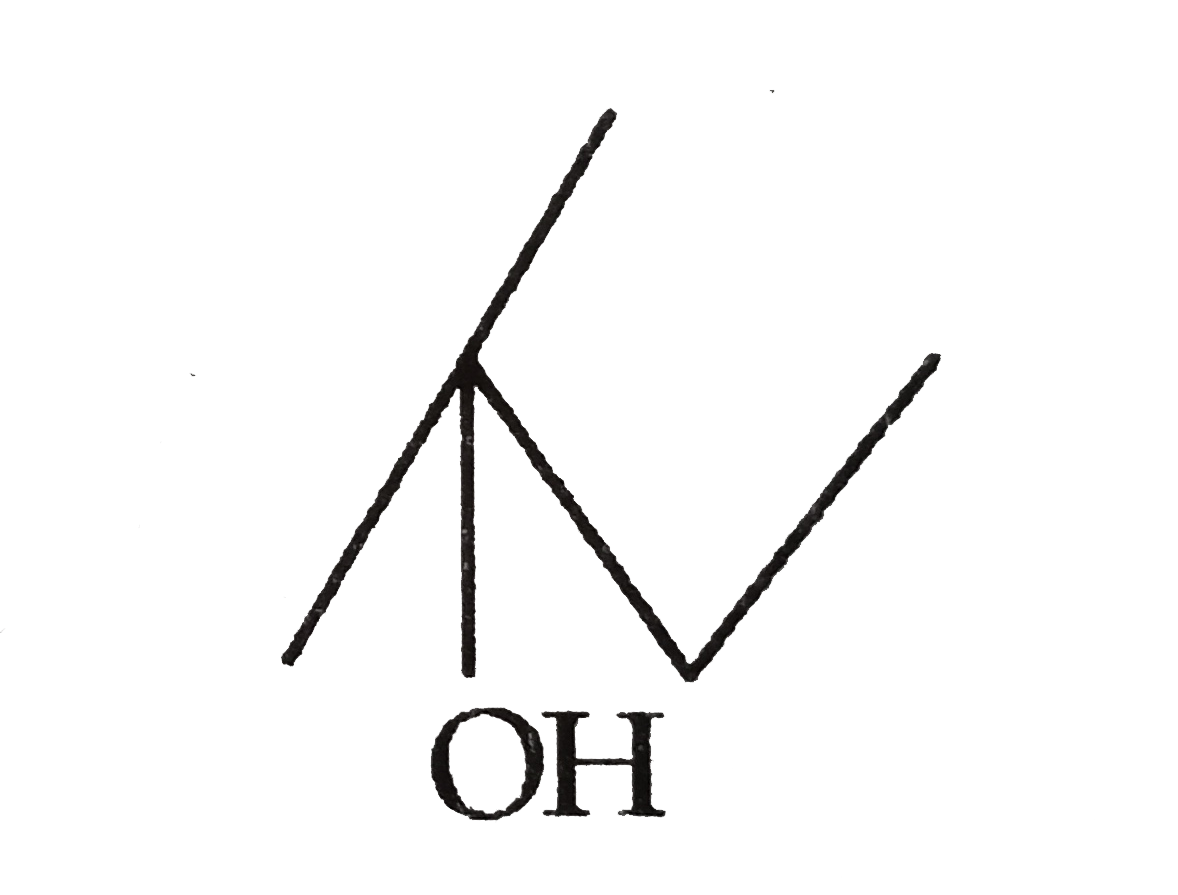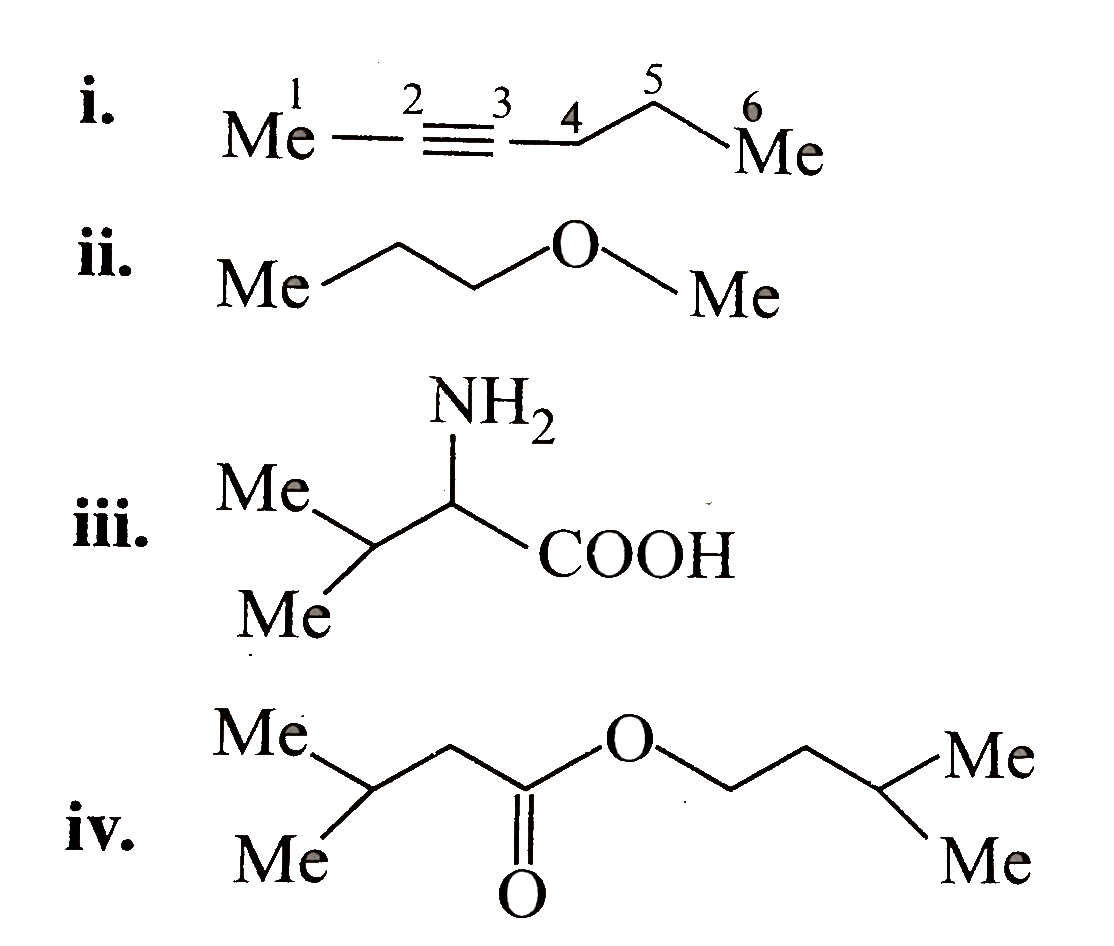Outline the synthesis of the following alcohols from the indicated starting material
Isopropyl alcohol from propane
To synthesize isopropyl alcohol (also known as 2-propanol) from propane, we can follow these steps:
Step 1: Chlorination of Propane
1. Start with propane (C3H8), which has the structure CH3-CH2-CH3.
2. Subject propane to chlorination (halogenation) in the presence of chlorine gas (Cl2) and ultraviolet light (hv) at a temperature of about 298 K.
3. This reaction will lead to the formation of two products:
- 1-chloropropane (CH3-CH2-CH2Cl) - 45% yield
- 2-chloropropane (CH3-CHCl-CH3) - 55% yield (this is the major product)
Step 2: Formation of Isopropyl Alcohol
4. Select 2-chloropropane (CH3-CHCl-CH3) as the starting material for the next reaction.
5. React 2-chloropropane with a strong nucleophile, such as potassium hydroxide (KOH), in an alcoholic solution to facilitate the substitution reaction.
6. This reaction will yield isopropyl alcohol (CH3-CHOH-CH3) and potassium chloride (KCl) as a byproduct.
Final Product
7. The final product of this synthesis is isopropyl alcohol (C3H8O), which has the structure CH3-CHOH-CH3.
Summary of the Reaction
- Propane (C3H8) → Chlorination → 2-chloropropane (C3H7Cl) → Nucleophilic substitution → Isopropyl alcohol (C3H8O)
---
1. Start with propane (C3H8), which has the structure CH3-CH2-CH3.
2. Subject propane to chlorination (halogenation) in the presence of chlorine gas (Cl2) and ultraviolet light (hv) at a temperature of about 298 K.
3. This reaction will lead to the formation of two products:
- 1-chloropropane (CH3-CH2-CH2Cl) - 45% yield
- 2-chloropropane (CH3-CHCl-CH3) - 55% yield (this is the major product)
4. Select 2-chloropropane (CH3-CHCl-CH3) as the starting material for the next reaction.
5. React 2-chloropropane with a strong nucleophile, such as potassium hydroxide (KOH), in an alcoholic solution to facilitate the substitution reaction.
6. This reaction will yield isopropyl alcohol (CH3-CHOH-CH3) and potassium chloride (KCl) as a byproduct.
7. The final product of this synthesis is isopropyl alcohol (C3H8O), which has the structure CH3-CHOH-CH3.
- Propane (C3H8) → Chlorination → 2-chloropropane (C3H7Cl) → Nucleophilic substitution → Isopropyl alcohol (C3H8O)
Similar Questions
Acetone to isopropyl alcohol
View SolutionSynthesise the following :
Benzyl alcohol from G.R.
View SolutionHow will you synthesise the following alcohol from appropriate alkene:

View SolutionHow is n-propyl alcohol prepared from propene ?
View SolutionGive the equation for the preparation of each of the following salts from the starting material given
Iron(III) chloride from iron.
View SolutionGive the equation for the preparation of each of the following salts from the starting material given
Iron (Ill) chloride from iron.
View SolutionOutline the synthesis of following compounds from suitable nucleophiles and an appropriate halide.
 .
.
View SolutionIsopropyl alcohol on oxidation forms :
View SolutionIsopropyl alcohol on oxidation forms :
View SolutionIsopropyl alcohol on oxidation forms :
View Solution
